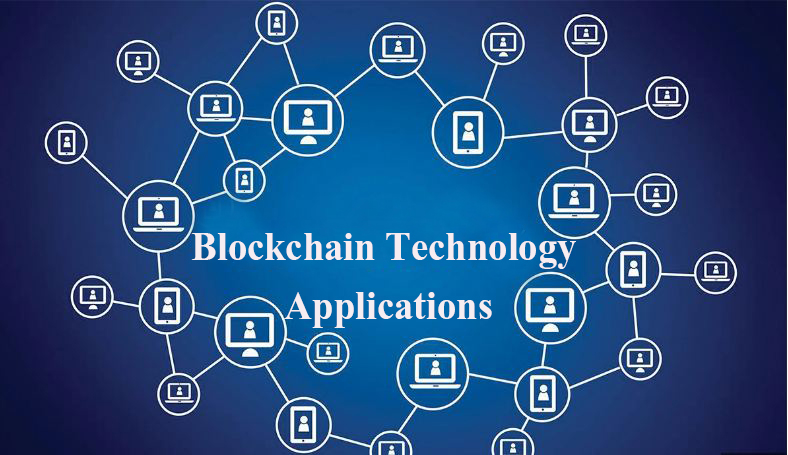Understanding Interoperability | In the realm of technology and information systems, interoperability stands as a critical concept, facilitating seamless communication and collaboration between diverse systems, platforms, and applications. Read through
Essentially, interoperability refers to the ability of different systems or components to exchange and interpret data effectively, enabling them to work together harmoniously despite differences in their design, structure, or function.
Whether it’s in healthcare, finance, transportation, or any other sector, interoperability plays a vital role in driving efficiency, innovation, and connectivity.
Understanding Interoperability
Interoperability encompasses various dimensions, including technical, semantic, and organizational aspects. At a technical level, interoperability involves the compatibility of hardware, software, protocols, and interfaces to ensure smooth data exchange and system interaction.
This often requires adherence to common standards, such as HTTP for web communication or XML for data interchange, which establish a common language and framework for interoperability.
Semantic interoperability, on the other hand, focuses on the meaningful interpretation of exchanged data, ensuring that information is accurately understood and utilized across different systems.
This requires standardizing data formats, ontologies, and vocabularies to enable consistent interpretation and processing of data elements.
For instance, in healthcare, adopting standardized medical coding systems like SNOMED CT or ICD-10 ensures uniform representation of clinical concepts and facilitates data sharing between electronic health record systems.
Organizational interoperability addresses the alignment of business processes, policies, and workflows to support seamless collaboration and information exchange across organizational boundaries.
This often involves establishing governance structures, data sharing agreements, and interoperability frameworks to facilitate cooperation and coordination between stakeholders.
Interorganizational interoperability is particularly crucial in sectors like emergency response, where multiple agencies and organizations need to share critical information and resources during crisis situations.
The Importance of Interoperability
Interoperability serves as a linchpin for innovation, efficiency, and competitiveness in today’s interconnected world. By enabling disparate systems to communicate and collaborate effectively, interoperability unlocks new possibilities for integration, automation, and data-driven decision-making.
In healthcare, interoperable electronic health records (EHRs) empower clinicians to access comprehensive patient information seamlessly, leading to better care coordination, reduced medical errors, and improved patient outcomes.
In the realm of finance, interoperable payment systems and financial APIs (Application Programming Interfaces) facilitate frictionless transactions and enable seamless integration of banking services with third-party applications.
This enhances user experience, fosters financial inclusion, and stimulates innovation in the fintech ecosystem. Moreover, interoperability promotes market competition by reducing barriers to entry and enabling smaller players to compete on a level playing field with established incumbents.
Interoperability also plays a pivotal role in promoting data sharing and collaboration for scientific research, innovation, and discovery.
By enabling researchers to access and analyze diverse datasets from multiple sources, interoperable research platforms and data repositories accelerate scientific progress, drive interdisciplinary collaboration, and address complex societal challenges.
Initiatives like the Research Data Alliance (RDA) and the Global Alliance for Genomics and Health (GA4GH) promote interoperability standards and best practices to facilitate data sharing and reuse in various scientific domains.
Challenges and Considerations
Despite its immense benefits, achieving interoperability poses several challenges and considerations. Technical interoperability requires overcoming compatibility issues, legacy systems, and proprietary formats, which can hinder seamless integration and data exchange.
Moreover, ensuring semantic interoperability necessitates consensus-building, standardization efforts, and harmonization of terminologies across different domains, which can be time-consuming and resource-intensive.
Organizational interoperability involves addressing cultural, legal, and regulatory barriers to information sharing, as well as establishing trust and collaboration among diverse stakeholders.
This requires developing interoperability governance models, data governance frameworks, and incentive structures to incentivize participation and cooperation.
Moreover, privacy, security, and data protection concerns must be addressed to ensure that interoperable systems maintain confidentiality, integrity, and compliance with applicable regulations.
Furthermore, achieving interoperability requires ongoing maintenance, updates, and adaptation to evolving technological, organizational, and regulatory landscapes.
This necessitates continuous investment in interoperability standards, interoperability testing, and interoperability certification programs to ensure that interoperable systems remain robust, reliable, and future-proof.
Future Directions and Opportunities
Looking ahead, interoperability will continue to play a crucial role in shaping the digital infrastructure, innovation ecosystem, and societal transformation.
Emerging technologies such as the Internet of Things (IoT), blockchain, and artificial intelligence (AI) offer new opportunities for enhancing interoperability, connectivity, and collaboration across diverse domains.
For instance, blockchain technology enables decentralized, tamper-resistant data sharing and smart contracts, fostering trust, transparency, and auditability in interoperable systems.
AI-driven interoperability solutions leverage machine learning algorithms and natural language processing to automate data mapping, ontology alignment, and semantic reconciliation, accelerating the interoperability lifecycle and reducing manual effort.
Moreover, initiatives like the Open Standards for Data and Interoperability (OSDI) and the OpenAPI Initiative promote open, vendor-neutral standards and APIs to foster interoperability and interoperable innovation in various domains.
By embracing open standards, open source software, and open data initiatives, organizations can unlock the full potential of interoperability to drive digital transformation, foster innovation, and empower individuals and communities worldwide.
Conclusion
Interoperability is more than just a technical concept—it’s a foundational principle that underpins connectivity, collaboration, and innovation across diverse domains and disciplines.
By enabling seamless integration and data exchange between disparate systems and stakeholders, interoperability unlocks new opportunities for efficiency, transparency, and value creation in the digital age. As technology continues to evolve and society becomes increasingly interconnected, fostering interoperability will be essential for realizing the full potential of digital transformation and addressing complex societal challenges.
Only through collective efforts and collaboration can we harness the power of interoperability to build a more inclusive, interconnected, and resilient future.
Understanding Tokenization: Empowering Security and Efficiency in the Digital Age



